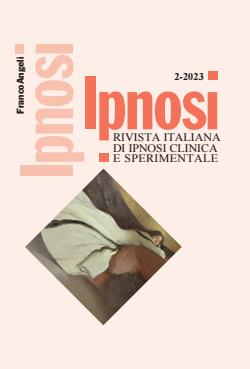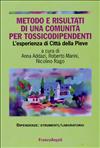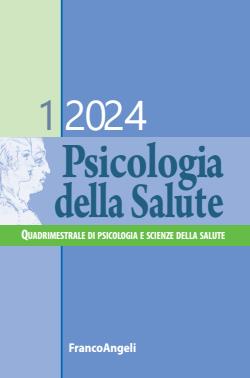
Tomorrow I stop it. Interrupting harmful behaviors: the exploratory use of pseudo-orientation in time. In recent years the pseudo-orientation in time has been mainly used as a therapeutic intervention (for example, arousing images and pleasant scenes in depressed patients) or with the evaluation function of the estate of an intervention. The authors want to reconsider the importance of the exploration of the pseudo-orientation in time, recovering the function of insight, that Erickson had already experienced in the 40’s. The method of the "Bridge of the Future", which it will be presented, seems to increase the success’s predictability of an hypnotic intervention. According to the authors, giving more importance to an initial exploratory phase protects the patient from the consequences of a failure for exposing himself at change interventions too early compared to his emotional-motivational disposition at the time of the request. It also allows the patient to discover the blocker factors, to be helped to accept the valid reasons and/or to engage him in a elaboration process of the emotions resulting from the change, even before working for change.

